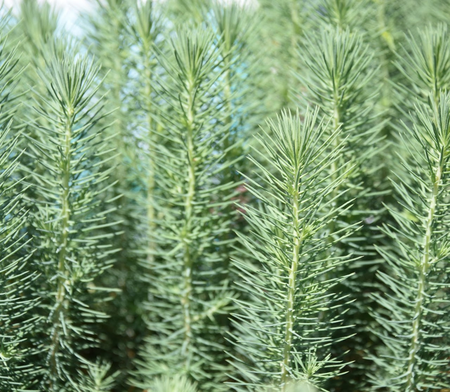Seedling Trees
Seedling Trees
The seedling sale is LIVE. Orders will be accepted through our online storefront, linked below, until distribution in mid-April.
Boulder Valley and Longmont Conservation Districts sell tree seedlings for conservation every year. Tree, shrubs and plant orders begin in the fall, with plant pickup the following April. By partnering with regional nurseries, the conservation districts have sold thousands of seedlings over the past several decades. The seedling program allows farmers, ranchers, other landowners and land managers to obtain trees at a nominal cost to help achieve conservation goals, including:
- Restoration after wildfire, flood and other natural disturbances
- Growing shelterbelts, windbreaks and living snow fences
- Creating and enhancing wildlife habitat
- Protecting homes, cropland, livestock and highways
- Increasing erosion control
- Practicing “backyard” conservation that promotes clean air and water
This year, our species selection is largely limited to species native to our region. All species will be sold in D10 (10 cubic inch) DeePot containers at $105/bundle (each bundle will consist of 25 plants).
Purchases can be made through our online store front (http://bvlcd.square.site).

